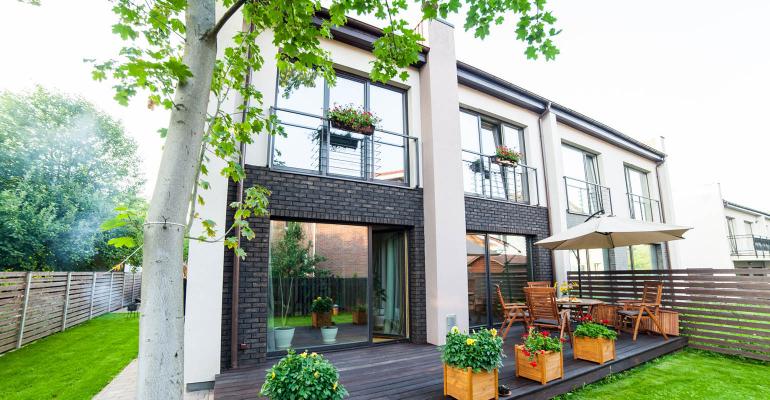In garden apartment communities across the country, the average rents are rising quickly and occupancy rates are high.
“It’s a really attractive type of development to own and operate,” says Greg Willett, chief economist for MPF Research, a division of RealPage Inc.
But developers are building far fewer garden apartment complexes than they used to. The large sites used to build these low-density rental communities are getting harder to find. As a result, garden apartment complexes have relatively little competition in their price range. So even though they are often based in locations that are far from the walkable, urban neighborhoods where renters say they want to live, garden apartments communities are often fully occupied and are experiencing rent growth.
Development outlook
Apartment developers are still building garden apartments complexes, just a lot less often than they used to. Garden apartments comprised just 31 percent of the units delivered nationally in 2016, according MPF. That’s down from 78 percent 15 years ago.
“That share has been trending downward gradually for about a decade and a half,” says Willett.
Nearly half—48 percent—of the apartments that opened last year were in mid-rise buildings, up from just 15 percent in the early 2000s. High-rise apartment buildings are also much more common than they were, though they still accounts for just 21 percent of the apartments that opened in 2016, up from 7 percent back in 2002, according to MPF.
“Most construction is in the urban core or on infill sites in fast-growing, well-established suburbs,” says Willett. “Higher-density developments just make more sense in those zones.”
These urban sites are desirable to renters, who will pay extra to live in these neighborhoods if they can afford it. A tall stack of surveys shows that apartment dwellers want to live near amenities like grocery stores and restaurants.
“A lot of current apartment residents around the country had a preference for living in proximity to a variety of land uses, including restaurants and retail, which would lend itself to a town center style development,” says Caitlin Walter, director of research for the National Multifamily Housing Council (NMHC), which conducted its own “2015 Resident Preferences Survey” with Kingsley Associates.
Garden apartments are difficult to build
However, new apartments built in those desirable areas are often much more expensive than garden-style apartments would be.
Even in less desirable areas, less expensive, garden apartment complexes have become much more difficult to build. The large sites needed to build a lower density development are rarely available in an urban neighborhood at a workable price. “Given land costs and other expenses incurred in the building process, it’s a real challenge to deliver lower-density projects that make financial sense,” says Willett.
In lower-density neighborhoods, developers can struggle to win the right to build from local zoning officials. “Entitlements are often more difficult for garden apartments than higher-density projects,” says Ron Witten, founder of Witten Advisors. “Garden apartments may actually face the strongest barriers to entry (at least in desirable suburban locations).”
Strong demand
The percentage of garden apartment complexes now occupied with renters is higher on average than it is for mid-rise and high-rise buildings. “We haven’t turned away from garden properties because of lack of demand,” says Willett. “Garden apartment projects now are posting annual rent growth at twice the rate for mid-rise developments and four times the level for high-rise properties.”
Garden apartment communities are performing much better even though many of them are older properties in less desirable locations. The demand for these units is strong because they are often the best housing available at their price point, with rents that average $1,079 a month, according to MPF.
There are often no sites available where a competitor could build a comparable garden apartment community, and a higher-density development would likely be more expensive to build, resulting in much higher rents. Rents for mid-rise apartments average $1,559 a month, and rents for high-rise apartments averaged $1,815 a month at the end of 2016, according to MPF.





